Ixora coccinea
Ixora coccinea, commonly known as Ixora or Flame of the Woods, is a vibrant and tropical flowering shrub that adds colour to any garden or landscape. With its clusters of small, showy flowers and glossy, dark green leaves, Ixora is highly valued for its ornamental appeal.
Origins and Characteristics:
Ixora coccinea is native to tropical areas of Asia, including India and Sri Lanka. It belongs to the Rubiaceae family and is renowned for its dense, evergreen foliage and vibrant flower clusters. The flowers come in various shades of red, orange, yellow, and pink, creating a stunning visual display.
Light and Temperature Requirements:
Ixora thrives in full sun to partial shade. Optimal flowering requires at least 4-6 hours of direct sunlight daily. Regarding temperature, Ixora prefers a warm climate and is best suited for USDA hardiness zones 10-11. Protect the plant from frost and cold drafts, which can damage the foliage.
Soil and Watering:
Plant Ixora in well-draining soil that is rich in organic matter. A mixture of garden soil, compost, and sand works well. Ensure that the soil is moist but not soggy. Water the plant thoroughly when the top inch of the soil feels dry. However, avoid overwatering, as it can lead to root rot.
Fertilization:
Ixora benefits from regular fertilization to promote healthy growth and abundant flowering. Use a balanced, slow-release fertilizer or a water-soluble fertilizer formulated for flowering plants. Follow the manufacturer’s instructions for application rates and frequency. Fertilize during the active growing season, typically spring and summer.
Pruning and Maintenance:
Prune Ixora regularly to maintain its shape and promote bushier growth. Remove any dead, damaged, or overgrown branches. Pruning is best done after the flowering season. Additionally, remove spent flower clusters to encourage continuous blooming. Mulching around the base of the plant helps conserve moisture and suppress weed growth.
Pests and Diseases:
Ixora is generally resilient to pests and diseases but can occasionally be affected by aphids, mealybugs, or scale insects. Regularly inspect the plant for any signs of infestation and treat it with insecticidal soap or horticultural oil if necessary. Ensure good air circulation around the plant to prevent fungal diseases.
Propagation:
Ixora can be propagated through stem cuttings or seeds. Take stem cuttings from healthy, mature branches and root them in a well-draining potting mix. Seeds can be sown in a seed tray or small pots filled with peat moss and perlite. Provide warm and humid conditions for successful germination.
Container Gardening:
Ixora can be grown in containers, making it suitable for patios, balconies, or indoor cultivation. Ensure the container has good drainage and use a well-draining potting mix. Place the plant in a location with adequate sunlight and provide regular watering and fertilization.
Companion Planting:
Ixora complements other tropical plants and shrubs, such as hibiscus, crotons, and Bird of Paradise. Consider planting them together to create a vibrant and tropical-themed garden.
Ixora coccinea, with its striking flowers and glossy foliage, is a stunning addition to any garden or landscape.
Things to know about Ixora coccinea
Common (vernacular) Name
एन्थूरियम (Hindi), Anthurium, Flamingo Lily, Flamingo Flower, Painter's Palette, Lace Leaf, Pigtail Plants, Tail Flower and many more.
Botanical Name
Anthurium Andraeanum
Origin
Mexico to Tropical America (Colombia, Ecuador).
Family
Araceae
Plant Type
Tropical plant
Plant Features
Ornamental / Evergreen / Exotic
Life Cycle
Perennial
Landscape Uses
Container Planting and Houseplants.
Species
Belolonchium, Calomystrium, Cardiolonchium, Chamaerepium, Cordatopunctatum, Dactylophyllium, Decurrentia, Digitinervium, Gymnopodium, Leptanthurium, Pachyneurium, Polyphyllium, Polyneurium, Porphyrochitonium, Schizoplacium, Semaeophyllium, Tetraspermium, Urospadix, Xialophyllium.
Varieties
It comes with thousand of different varieties in a diversity of leaf and flower colorations.
Size
Height : 1 to 1.5 feet tall and Width : 1 feet wide when mature.
Indoors or Outdoors
Outdoors : Anthurium can be used outdoors in shady plantings, avoid direct sun light.
Indoors : Excellent plant grow in bright light or indirect light. Best indoor plants for beginners.
Blooming / Flowering
Blooming period is throughout the year.
Flower Colour
It’s come with a contrasting spadix Gold, Yellow, Orange, Pink, White, Green, Purple, Red, Burgundy, Multicolored and Variegated colours.
Lucky Plant
According to Feng Shui, It bring Good Luck in your relationships.
Lighting / Sun Exposure
Bright Indirect Sunlight.
Temperature
Grow best preferably warm temperature above 21°C and can be tolerate max temp. as high as 32°C.
Growth Rate
Anthurium is a slow to moderate growers plant.
Watering
Moderate watering, Mist or over head sprinkler to provide water and to improve relative humidity. Not tolerate overwatering it may cause root damage and yellowing of the leaves.
Fertilizer
Slow-release fertilizer, or a water-soluble liquid fertilizer once or twice in the growing season (Spring through Summer).
i.e. - Cow dung, DAP, Compost, NPK 30-10-10 fertilizer, liquid organic fertilizer etc.
Pruning
Pruning of Anthurium not much is needed. However, trimming away only discolored or dead leaves.
Propagation
Seeds : The best time to sow your Anthurium seeds is in the end of Winter / early Spring but it can't can give good result.
Stem Cuttings : The easier methods of propagation of Anthurium in water or in soil via stem cuttings, and can be done during the warm growing season.
Division : Division of Anthurium can be done in Rainy season, or better in February to March.
Dormancy Period
Month : November to February (winter season)
Shed their leaves and show poor growth, Watering minimally.
Avoid : Propagate, Fertilize and Repotting.
Container
Ceramic Pot, Plastic Pot, Terracotta or Clay Pot is preferred, which ensures good drainage as well as water holding capacity.
Soil Type
A well-drained Loam / Coarse potting soil is recommended as well as water holding capacity. Prevent soggy potting medium.
Our recommendation for potting mix : Equal part mixture of Garden Soil (25%) + Compost (25%) + River Sand (25%) + Cocopeat (25%). You can substitute pieces of Charcoal, Vermicompost, Perlite etc.
Soil pH
Lightly Acidic soil - Ideally 5.5 to 6.5 pH (potential of hydrogen) is recommended for Anthurium.
Repotting
It is advisable to repot the Anthurium every year or two preferably spring to midsummer season.
Maintenance
Low maintenance and easy to grow.
Properties
Toxic or Poisonous to both humans and pets upon ingestion.
Benefits
Excellent indoor air purifier, Anthurium plants turns CO2 into oxygen. It purifies indoor air by removing harmful chemicals like ammonia, toluene, xylene and formaldehyde.
Special Features
Doesn't attract hummingbirds and pollinators like butterflies and bees or wasps.
Infestation / Pests
Aphids, Scale insects, Thrips, Mealy bugs, Spider mites and caterpillars etc.
Diseases / Problem
Physiological Problem : Anthracnose, Leaf Spot and Powdery Mildew.
Bacterial Problem : Bacterial Blight, Bacterial Wilt and Black Nose Disease.
Fungal Problems : Root Rot and Water Mold.
Some Glimpse of Ixora coccinea

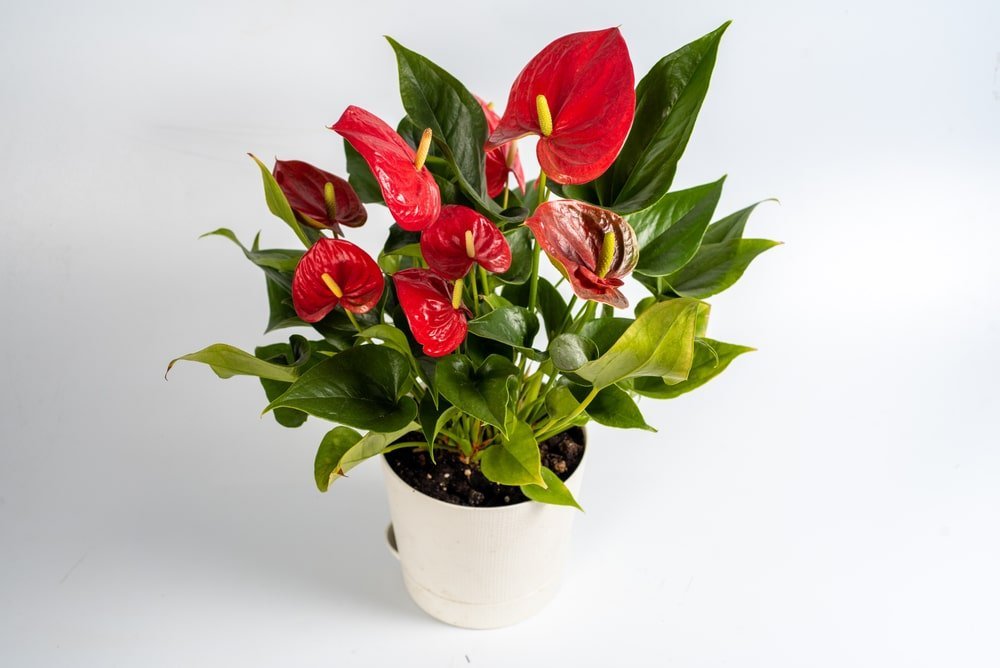
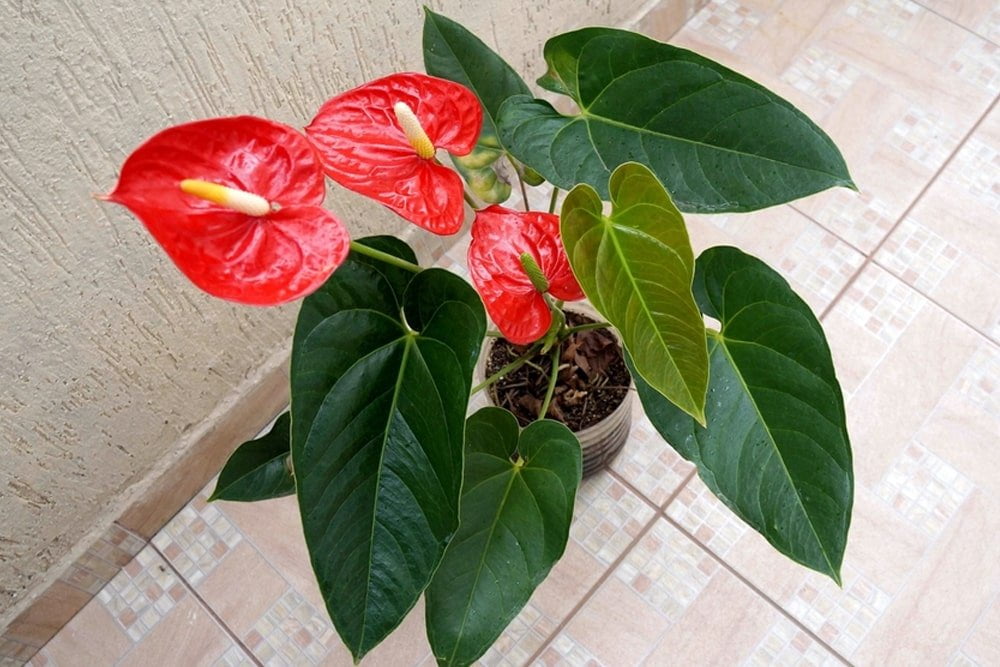


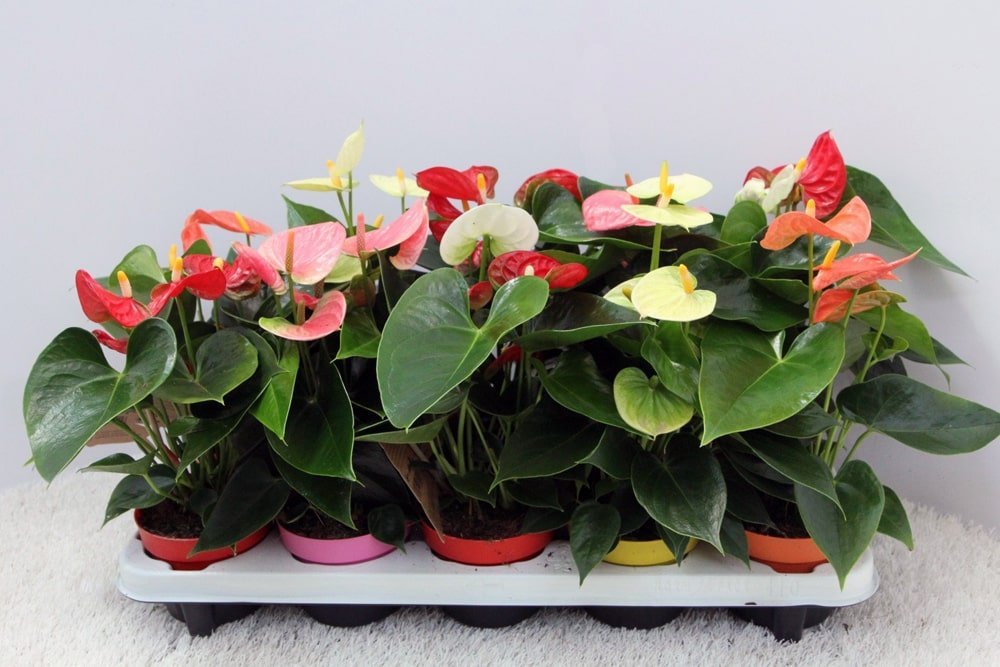


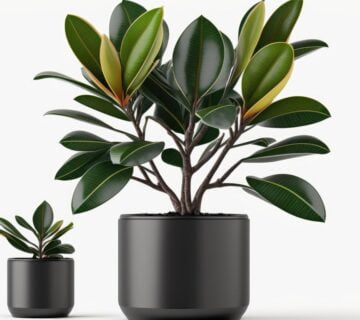
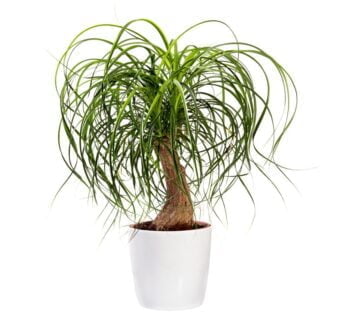
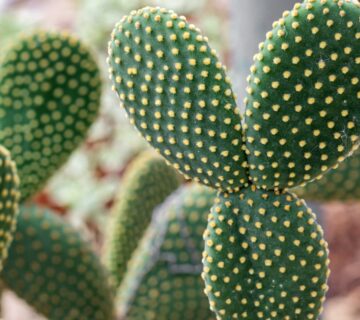
No comment